Architect’s role in virtual reality
Destiny! It may sound absurd, but the architecture was destined to meet this revolutionary trend of “virtual reality”. Architecture always had a hard time expressing the conceptual visuals to the rest of the world and sometimes even struggled to convey the interpretations architecture aims to make in this realistic world. But, thanks to this futuristic invention of virtual reality, which wholeheartedly accepted architecture and helped it thrive at its best. The use of virtual reality in architecture is blooming rapidly and successfully revealing the inventive side of architecture by providing a pure visual connection to their 2D and 3D drafts.
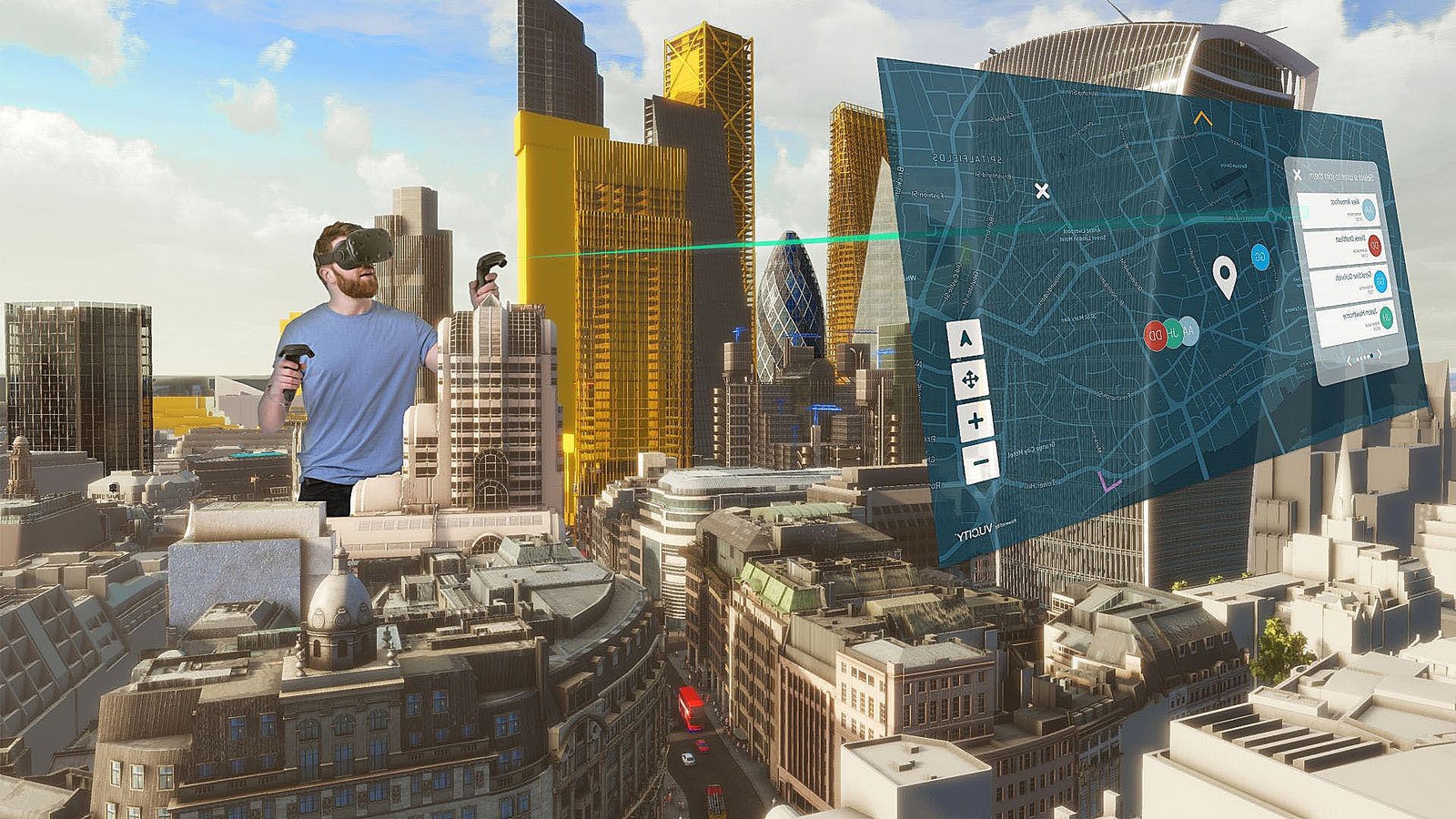
Where virtual reality visually bonds the world with futuristic architecture, architecture efficiently involves virtual reality as a tool throughout its design process. And currently, this boon of virtual reality is making every design journey cost-effective, time-saving, and less prone to errors. Let’s learn these benefits of virtual reality that are simply making architecture more easy.
Visualizing an effective concept
Visualization in virtual reality
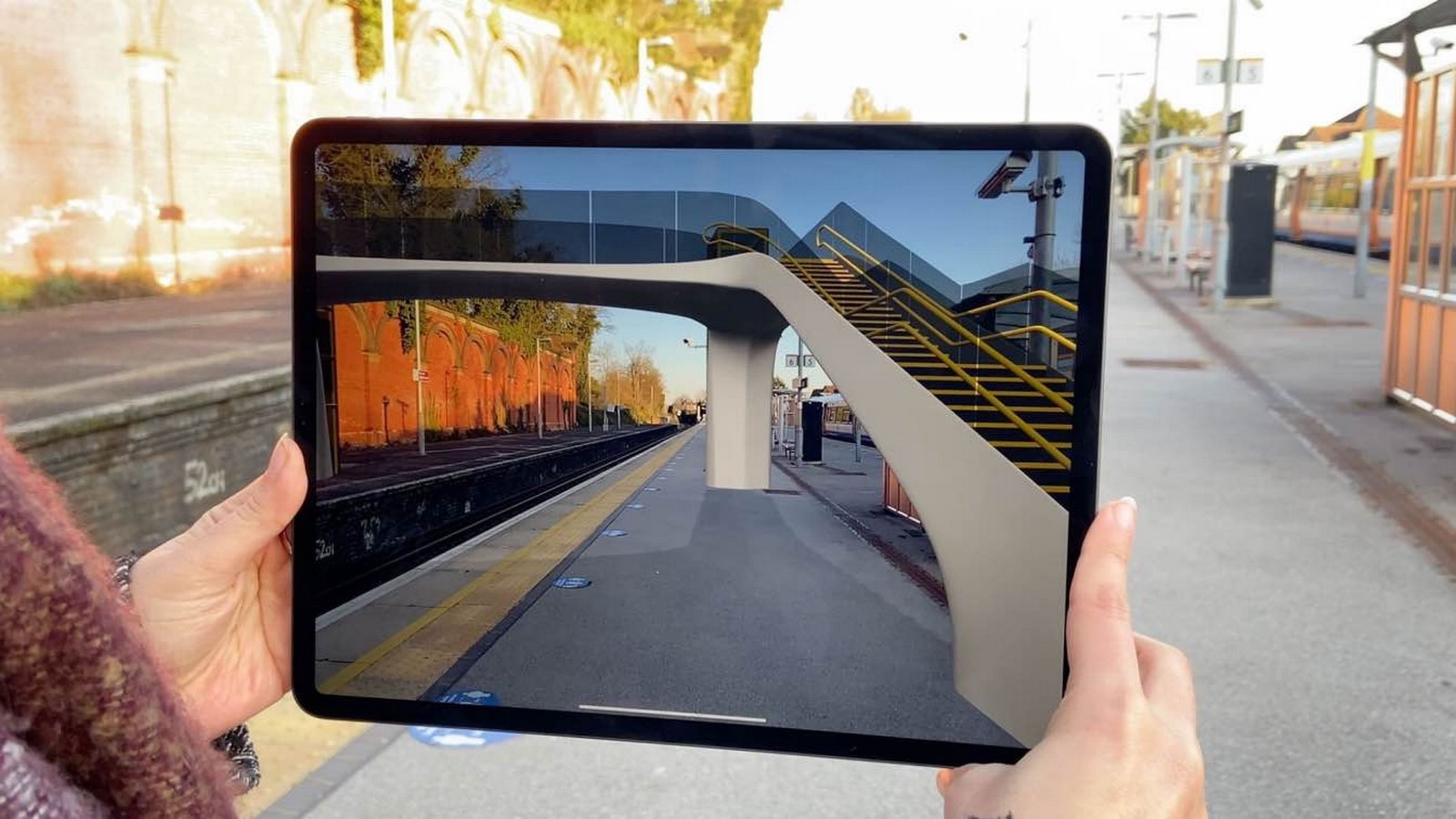
Every traditional architect’s journey starts with sketching random lines and shapes and then constructing a conceptual framework with the help of those freehand strokes. Virtual reality provides an advantageous insight for every designer to conceptualize those freehand strokes with basic realistic visualization. This not only makes the core concept more efficient but also helps architects foresee which one of those multiple options of their concepts will honestly represent the client’s narration. Once the designer gets hold of the application of virtual reality in architecture, just by playing with forms in virtual reality the designer could achieve a live-scaled design concept, which will be easy to narrate to the world.
Planning of a conceptualized design
Workspace in virtual reality
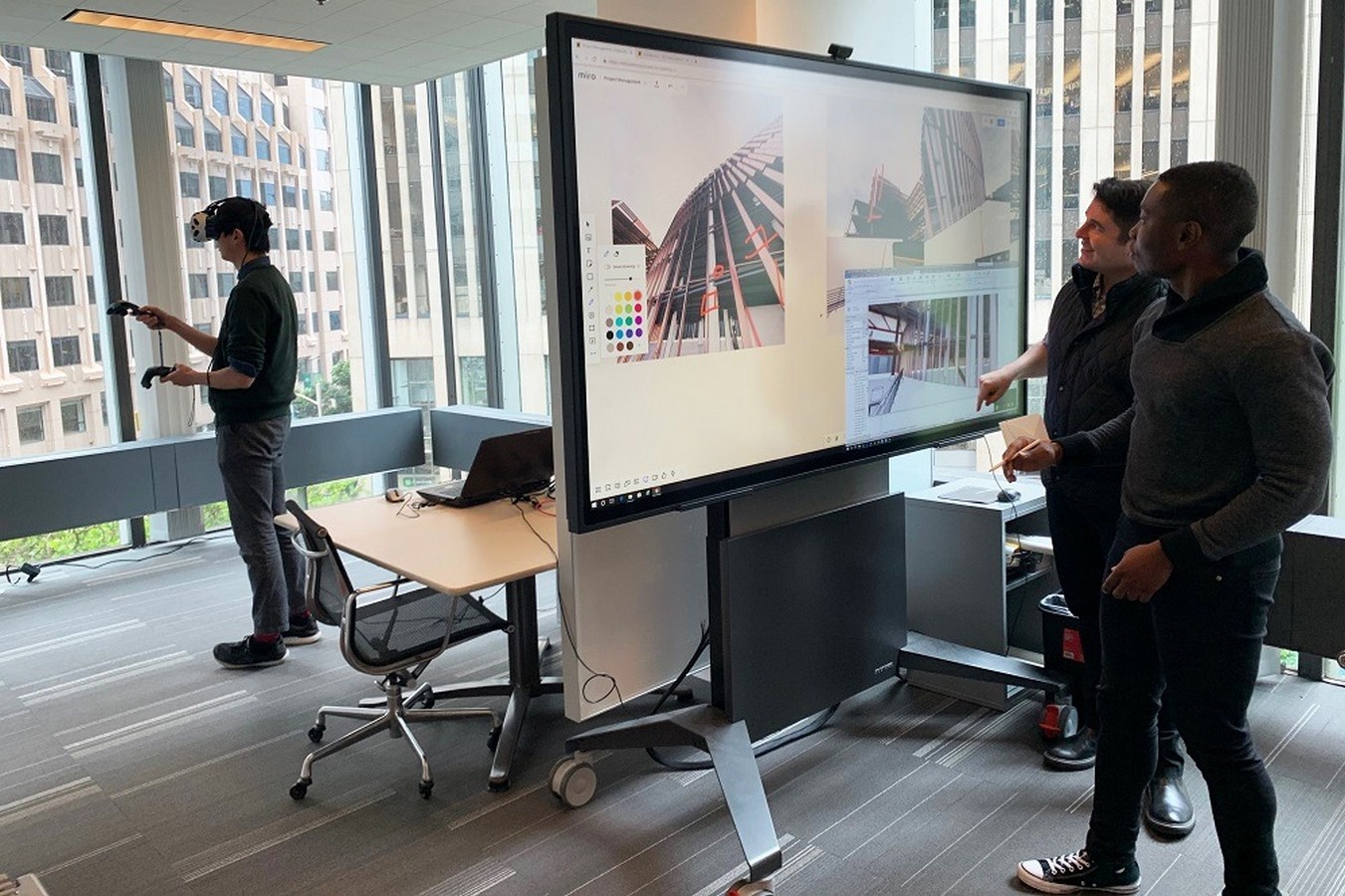
The use of multiple software in this exhausting planning process generously complicates the whole workflow. Though it provides detailed 2D and 3D planned outcomes, the operation of virtual reality in this part of the process makes it less prone to errors. Simultaneously following the respective design through virtual reality, the designer saves an ample amount of time and energy that is usually invested in this process. Simply extruding shapes in virtual reality design generates a live virtual ambiance that helps the designer evaluate the design and rectify possible mistakes.
Technicalities in the proposed design
Though technicalities are more concerned with engineering aspects, architects do possess basic knowledge of it, as they need to incorporate a lot of services in their designs. Virtual reality plays a potent role here because it gives a humanitarian scale to every 2D and 3D drawing. This catalysts the technical aspect of designing and provides accurate and technically honest design aspirations.
Exploded visual in virtual reality
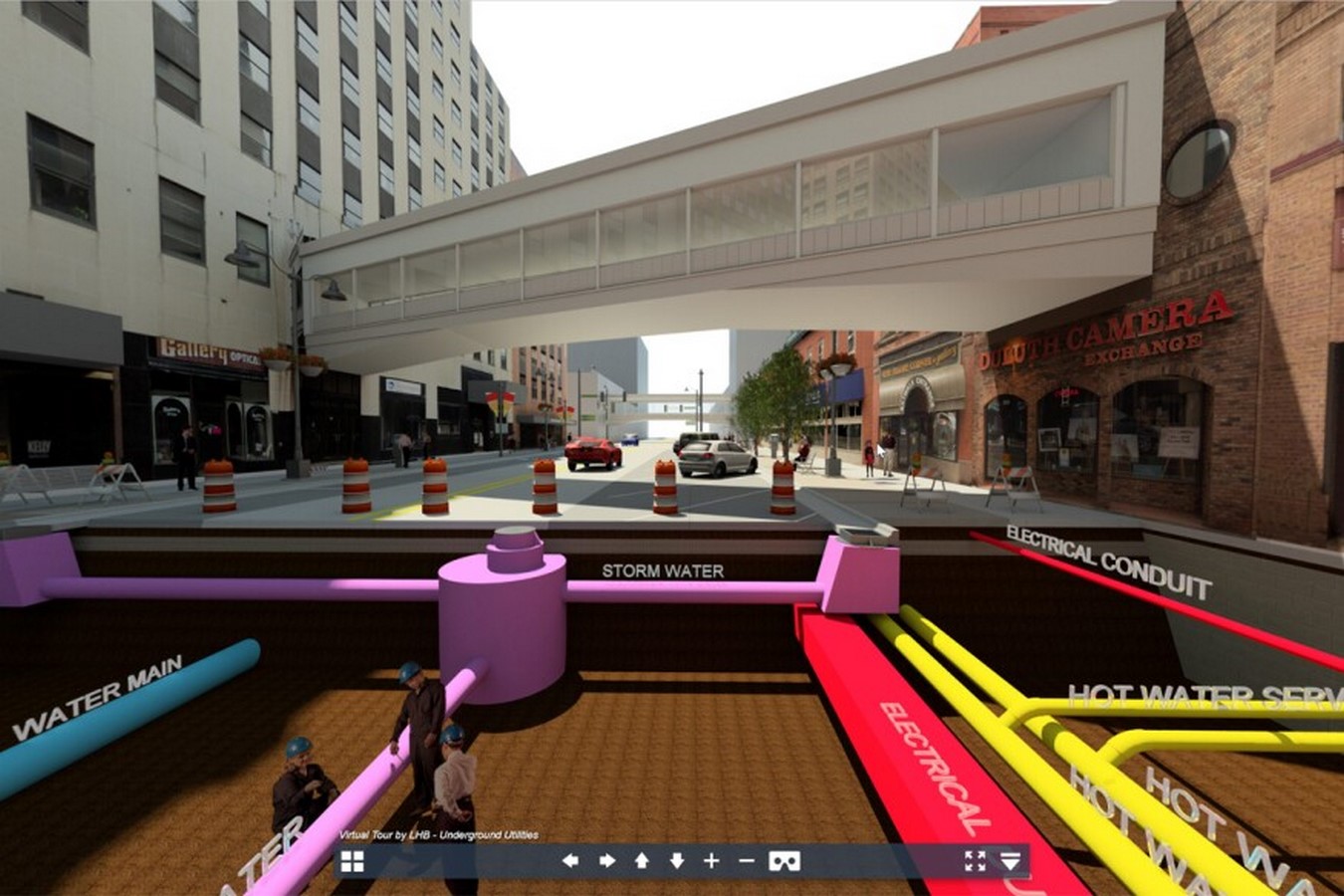
The presentation
Last but not least, Architects find it hard to portray their intuitive futuristic ideas in front of the world because, several times, they lack the humanitarian perception of reality. Virtual reality in this domain provides a more exclusive realistic visualization of the world, where they can interact closely in the proposed space, which allows them to connect with the whole concept personally and foresee their aspired design.
Presentation in virtual reality
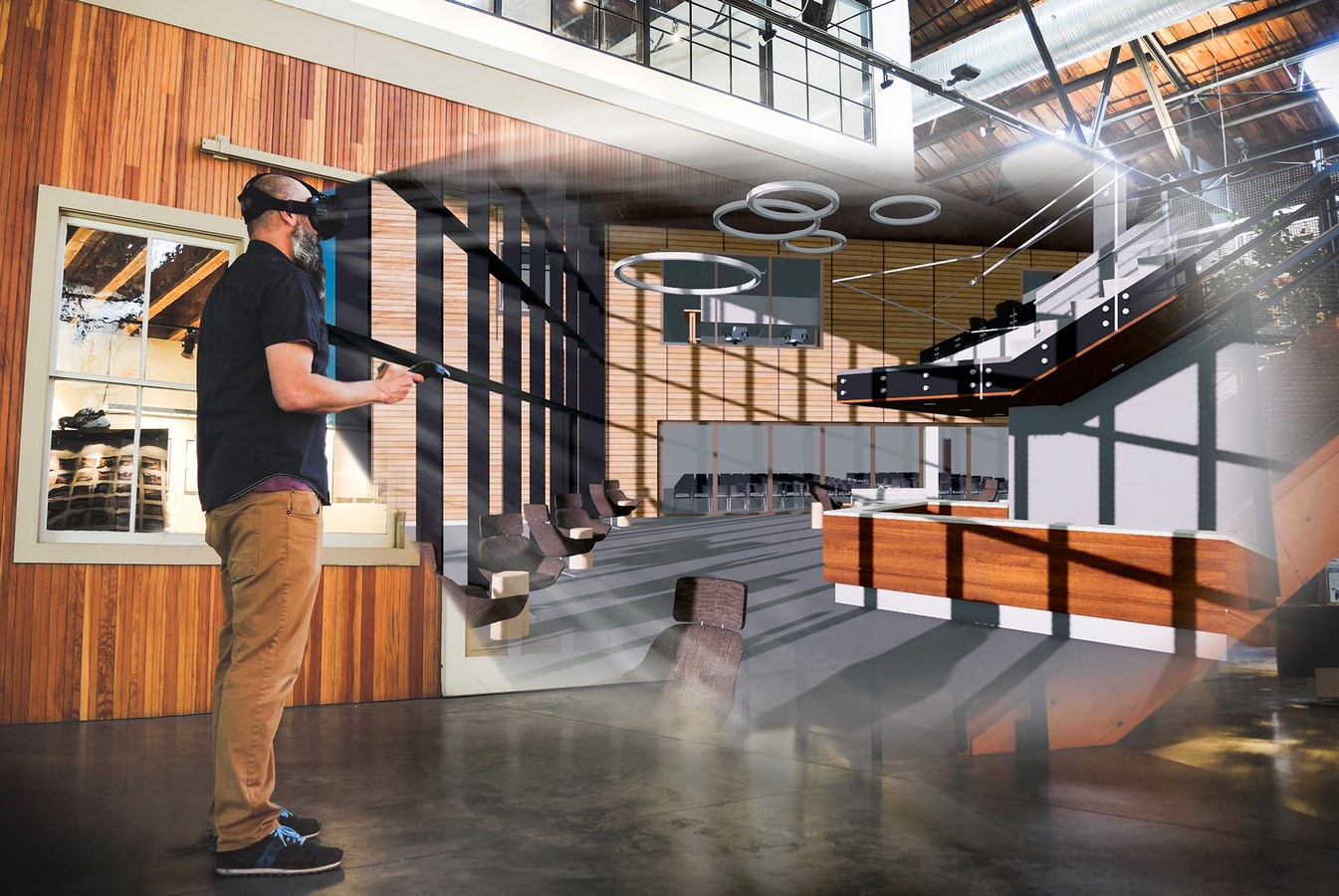
Case in point
Ar. Jason Halaby merged virtual reality to have an interactive demonstration of the mission hall building model. In the design and development of this project, the architect simultaneously used the technology of virtual reality to have better design simulation and communication. The validation the Mission Hall got was because he investigated the application of virtual reality in architecture and took help from it throughout the process. The use of virtual reality in his design process solved problems associated with traditional rendered design representations. Just because they used virtual reality from the early stages of the design process, confident decision-making helped them to serve an honest design of the structure. The use of virtual reality in CAVE format evaluated the design, by making it open to several people and prompting emotional interaction with the design space. The two-dimensional interpretation of the proposed design sometimes becomes difficult for ordinary people with the least knowledge of architectural drawings and renders to read or visualize. Virtual reality not only makes the architect’s job easy but also creates a sensation in public and harmonizes the overall design process. Hence, the utilization of virtual reality in the design process enhances the beauty of architecture.
Interaction in virtual cave

In conclusion
Virtual reality is currently assisting this new-age world to create its metaverses. A hypothetical three-dimensional environment projected by respected virtual reality tools is benefiting numerous real-life working fields like health, education, and commercial industries. The use of virtual reality in all these aspects provides an intangible perspective and stimulates a healthy imagination of the aspired modern world. Hence, shaking hands with virtual reality architecture is successfully proving the functionality of its innovative design aspirations. Additionally, it is making the whole design process more efficient and personal. This shift of working hand in hand with virtual reality unravels the unexplored and advanced niche of architecture that the entire world is striving to be a part of!
References
Leonard Design (2016) Virtual reality for architects. https://www.youtube.com/watch?v=NbG206mNEjo.
Ffkr (2020) Utilizing virtual reality to enhance the architectural design process – FFKR Architects. https://www.ffkr.com/virtual-reality-in-the-design-process/.
Ibrahim, N.N. (2023e) ‘ARki app: The NextGen architects who design in the metaverse,’ AmazingArchitecture, 3 November. https://amazingarchitecture.com/softwares/arki-app-the-nextgen-architects-who-design-in-the-metaverse.
Ibrahim, N.N. (2023b) ‘4 Innovations in 3D Visualization Every Architect Should Be Aware of,’ AmazingArchitecture, 3 November. https://amazingarchitecture.com/articles/4-innovations-in-3d-visualization-every-architect-should-be-aware-of.
Wrnsadmin (2023) Virtual Reality Technology: new realities in design and construction. https://www.wrnsstudio.com/virtual-reality-technology-new-realities-in-design-and-construction/.
Kingsland, P. and Kingsland, P. (2018b) ‘The year VR came to architecture,’ World Construction Network, 10 January. https://www.worldconstructionnetwork.com/features/year-vr-came-architecture/?cf-view.
Wrnsadmin (2023b) Virtual Reality Technology: new realities in design and construction. https://www.wrnsstudio.com/virtual-reality-technology-new-realities-in-design-and-construction/.
Simulating Presence: BIM to Virtual reality (no date). https://www.slideshare.net/jfhalaby/20150206-baya-emerging-technology-slideshare?next_slideshow=true.

















